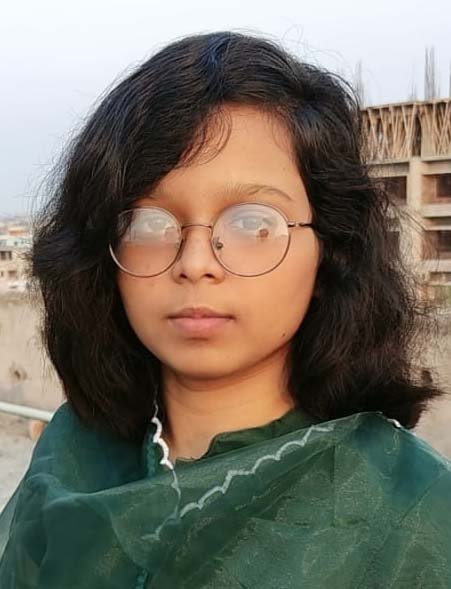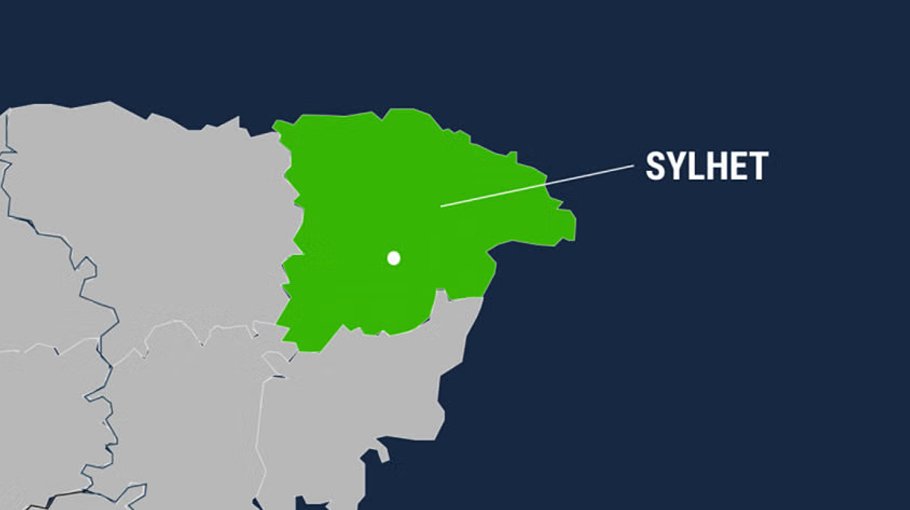Patra Community’s Fight for Survival in Urbanizing Sylhet

In the verdant hills of Sylhet, where tradition and topography have long safeguarded identity, a small indigenous group, the Patra community, is confronting an existential crisis. Known for their ancestral knowledge, unique customs, and resilience, the Patras now find themselves cornered by the swift march of urbanization and the global economic pressures transforming Bangladesh’s landscape.
Once the custodians of a self-sustained and culturally rich life, the Patras, numbering fewer than 4000 across 33 villages in Sylhet, are losing more than land. They are witnessing the erosion of language, the weakening of communal bonds, and the fading echoes of a spiritual life deeply tied to nature. In the name of development, they are being pushed to the peripheries: physically, socially, and politically.
Anthropologically distinct, the Patras (also known as "Laleng") trace their roots to a time before the 14th century. Traditionally engaged in agriculture and charcoal production, they later adapted to mobile tea selling and small scale commerce. But that adaptation is proving insufficient in the face of rapid land acquisition, ecological degradation, and state infrastructure projects like the Osmani Airport and Jalalabad Cantonment. Many Patras have been rendered landless, forced into precarious labor as carpenters, rickshaw pullers, and day laborers in fields that barely sustain their families, let alone preserve their cultural legacy.
According to community elders, a significant portion of their economic collapse can be traced to colonial era land transfers and fraudulent sales facilitated by linguistic and educational disadvantages. “We were never taught to read contracts, let alone negotiate in Bengali,” says one elder. “Our lands disappeared before our eyes, and now even our children have no inheritance.”
The situation is stark in Khadimpara Union, where this research was centered. As Sylhet city swells with malls, hotels, and highways, Patra neighborhoods are either engulfed or fenced off. Informal settlements lack sanitation, health infrastructure, and secure housing. Traditional homes, once constructed with bamboo, cane, and thatch from nearby forests, have been replaced by tin sheds due to material scarcity. This shift reflects not comfort but compromise.
Patra women, despite their marginalization within both wider society and their own patrilineal community structure, are emerging as silent warriors. They engage in livestock rearing, tailoring, and even political roles. Anita Patra, for example, was the first elected female member from West Thakurermati village. Yet challenges remain. Women cannot inherit land, often lack freedom of speech in community forums, and continue to rely on midwives and folk remedies during childbirth due to fear, poverty, and mistrust of the health system.
If language is the heart of a people, then the Patra language, LalengThar, is dying of a slow wound. With no written script and a dwindling number of fluent speakers, it survives only in fragments.
Many Patras have been rendered landless, forced into
precarious labor as carpenters, rickshaw pullers, and day laborers in
fields that barely sustain their families, let alone preserve
their cultural legacy
These include a few numbers, ritual words, and oral expressions used in private. “Even our songs have disappeared,” laments a local youth. “Now we sing in Bengali at weddings. Only the elders remember the old Iran.”
Religious life is also losing ground. Once animist and deeply tied to nature, the Patras worshipped under sacred trees, on hills, and in rivers. Rituals like ThibangLaram for ancestral worship, GulongLaram for protecting paddy fields, and BaghaiLaram for preventing tiger attacks have either disappeared or become symbolic. Modernity has thinned these rich textures of belief into vestiges. What remains is Puja without place and song without script.
Perhaps the most damning indictment is how urbanization and state policies proceed without inclusion. While the city expands, little consideration is given to the Patras' right to remain physically or culturally in their ancestral homelands. Their traditional leadership structures, such as the lar mantani and bargite councils, are deteriorating due to hereditary limitations, poor documentation, and political irrelevance.
“They don’t even ask us when they build roads through our land,” says a middle aged Patra carpenter. “They just come with documents and machines. We don’t know where to go anymore.”
State compensation for land acquisition remains pitifully low. Government services, from schools to health centers, rarely reach their settlements. The political representation of the Patra community in local or national policymaking is virtually nonexistent.
Yet despite the erosion, pockets of resilience shine through. A new generation of Patra youth is pursuing secondary education, enlisting in the police and military, and working with NGOs. Some are even attempting to document their disappearing language and revive lost traditions. Informal community schools and religious rituals still serve as sites of cultural transmission, although with decreasing frequency.
Women’s growing participation in economic activities and local governance offers a vital counter narrative to the often paternalistic view of indigenous passivity. From tailoring to teaching, their voices are rising.
However, they have not yet reached the volume needed to change structural inequality.
The Patra community’s story is not just about cultural loss. It is a mirror reflecting the failures of development without equity. If Bangladesh is to build a truly inclusive society, it must recognize the value of its indigenous communities not as relics of a romantic past, but as living contributors to a pluralistic future.
Urban planning must be participatory. Land rights must be secured. Education, language preservation, and healthcare must be made culturally and geographically accessible. And above all, the Patra must be seen by policymakers, by fellow citizens, and by history not as the other, but as rightful stakeholders in the nation’s journey forward.
Until then, every bulldozer that razes a Patra home, every child who forgets a Laleng word, and every ritual that slips into oblivion is not just a loss for a community. It is a loss for the nation’s soul.
Sheikh Mehzabin Chitra is a University Correspondent of Shahjalal University of Science and Technology (SUST), Bangladesh Post, and a final year honours student of the Anthropology Department of the institution.



